Not A Museum Piece
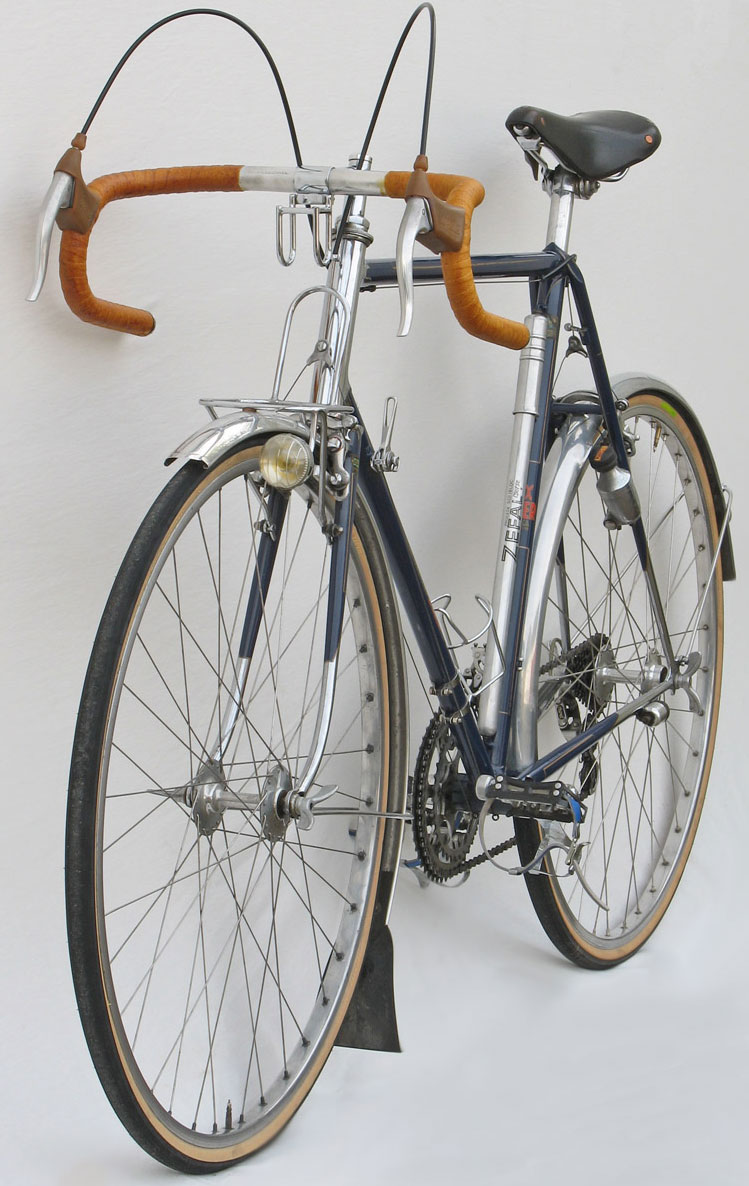
When bikes are as stunningly beautiful as the machines from René Herse, Alex Singer and other French constructeurs, it is easy to dismiss them as “beauty queens” or “show bikes.” This would be a mistake: The performance of these bikes is as outstanding as their appearance. They confirm the old saying: “What looks right usually is right.”
When I first became interested in the bikes of René Herse and Alex Singer, collectors told me: “Yes, they are beautiful to look at, but they probably aren’t so great to ride.” As a rider, that dampened my interest in these machines.
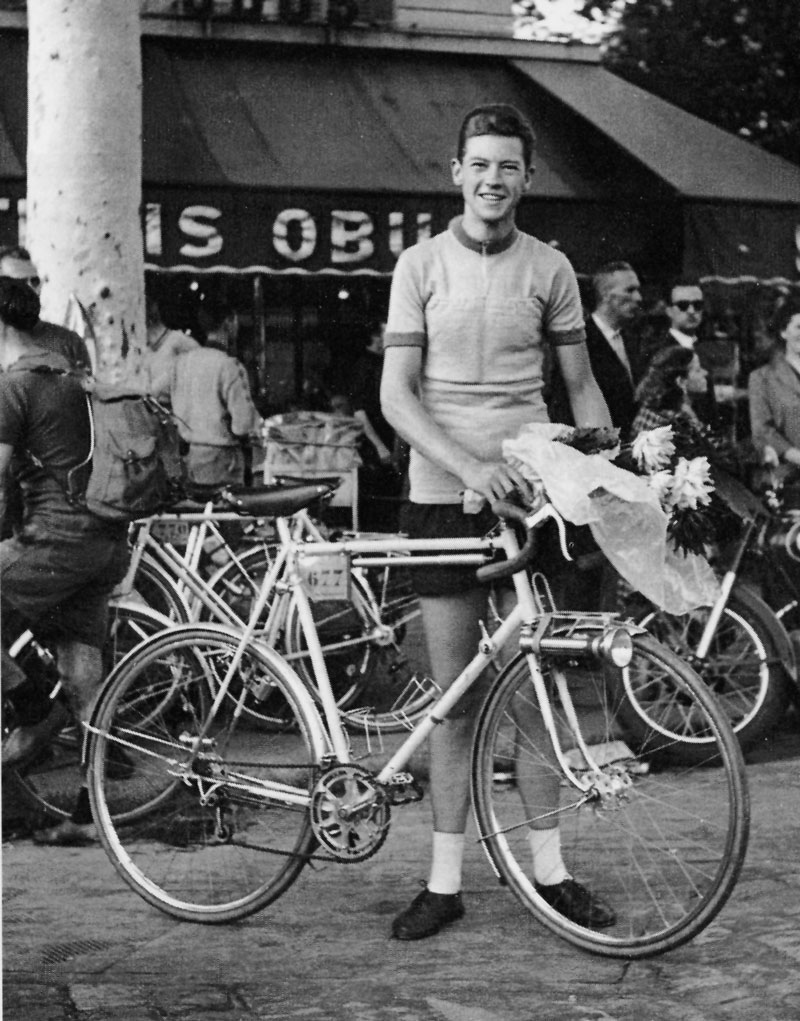
So imagine my surprise when I read Bernard Déon’s classic book Paris-Brest et Retour about the history of the famous 1200 km PBP randonneur event, and saw that these bikes had not only been ridden for that long distance, but ridden at incredible speeds. For example, Roger Baumann (above) completed the 1956 PBP, one of the windiest and rainiest ever, in 52:19 hours, riding completely unsupported.
Whatever the merits of the rider, his René Herse must have performed well to enable such a performance. I decided to find out more.
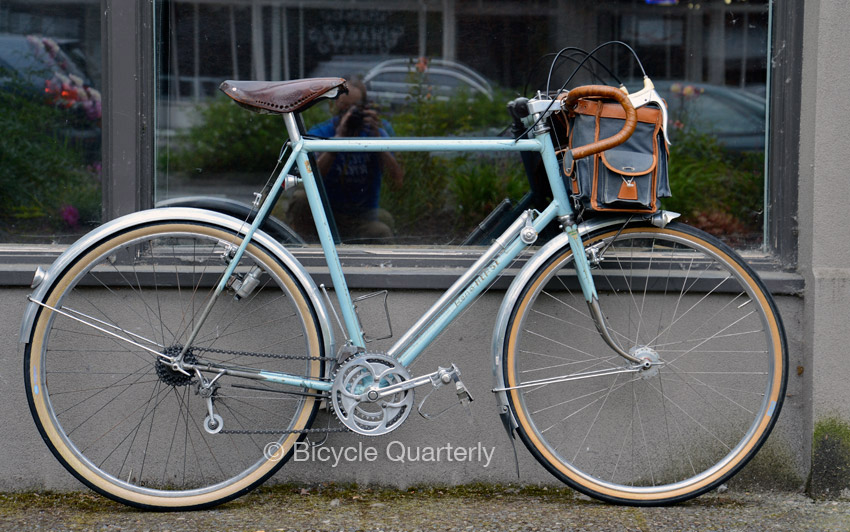
So I started experimenting, with the generous help of friends. For two seasons, I had two wonderful constructeur bikes in my garage: a 1952 René Herse 650B bike (above) and a 1954 Alex Singer 700C bike (photo at the top of the post). I started using these machines together with my brand-new custom bike.
One of the fastest riders at the Seattle International Randonneurs at that time was Kenneth Philbrick. He was training for the Furnace Creek 508 race. On his Campagnolo-equipped Litespeed, he could set a ferocious pace on the flats. We engaged in a little bit of friendly competition. Sometimes, we finished together, at others one of us would take the lead and finish alone.
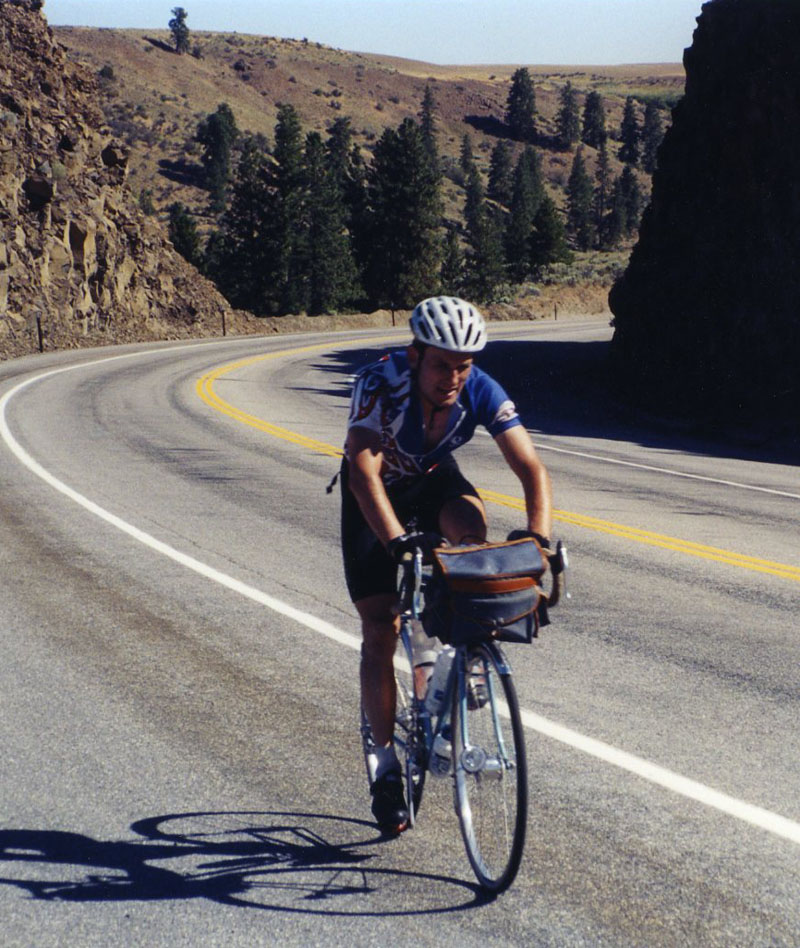
Toward the end of the second season, Ken asked me during a ride: “How much does your new bike weight? It must be a lot heavier than the old ones, since you seem so much faster on the old bikes.” This surprised me, since the three bikes all weighed the same – about 26 pounds fully equipped.
Thinking about this, I realized that Ken was wrong about the weight, but right about the performance: Whenever I had ridden the new bike (above), he had dropped me. I sometimes had managed to catch him again when he got confused about navigation (his Litespeed did not allow him to keep the route sheet in sight), but there was no question that he was the stronger rider. However, when riding the Singer or the Herse, I had dropped him every time, and finished alone. It appeared that those bikes worked better for me.
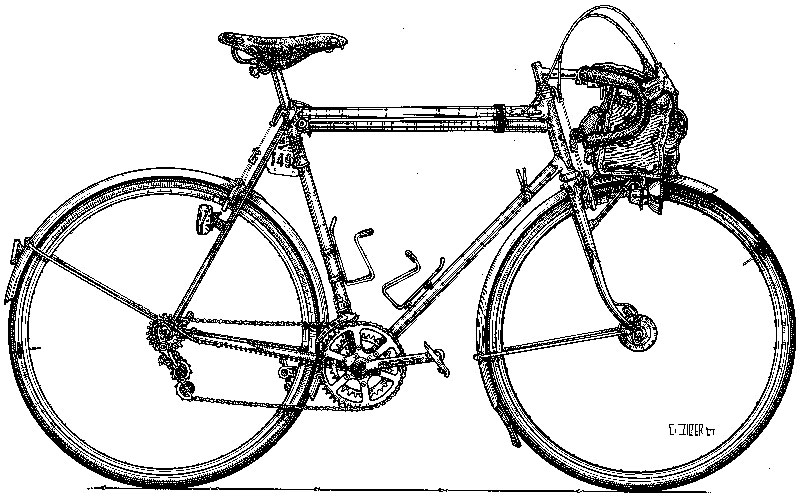
Eight brevets are not enough to obtain statistically significant results, but a 100% correlation is interesting nonetheless. Combined with the better handling of the old bikes and the better shock absorption of their slim forks, I decided to get my own classic constructeur bike, and I bought the 1974 Alex Singer that I rode for many years. The trend continued to hold – my times during brevets improved on the classic machine.
Clearly, the old constructeurs knew what they were doing. It’s only been through our recent research into superlight tubing that we have been able to design bikes that, for us, surpass the performance of the old machines. But even now, the old machines offer a performance that few modern bikes can match. And we finally have tires again that perform as well as the hand-made clinchers the old randonneurs raved about.
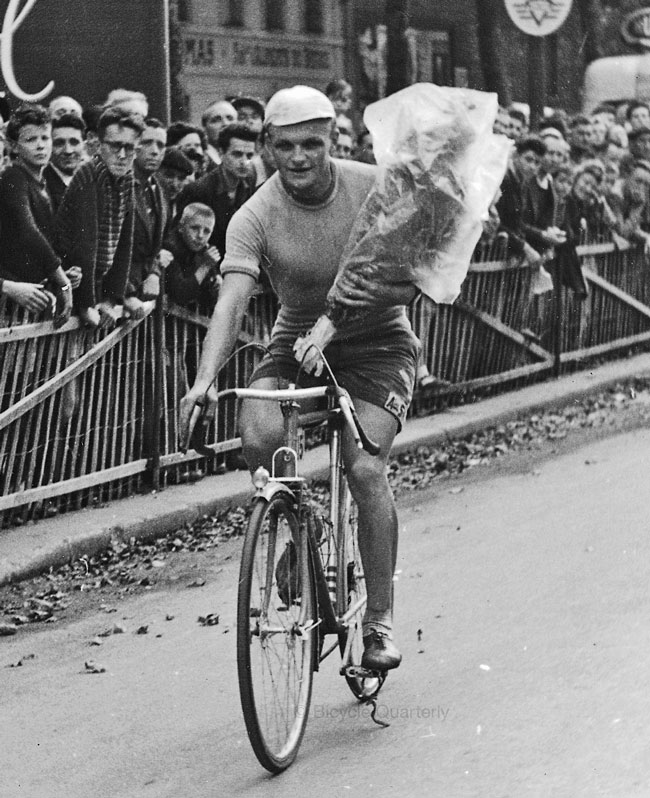
Classic bikes are interesting, because the engine – the human body – has not changed over the last half-century. Modern materials may reduce the weight by a few percent (when you look at the entire system of bike-and-rider), but the things that really matter haven’t changed much over the years. The bikes that worked so well back then still work well now, and the “hottest” trend of the moment – wide, supple tires – is only a re-discovery of what these riders already knew more than half a century ago.


